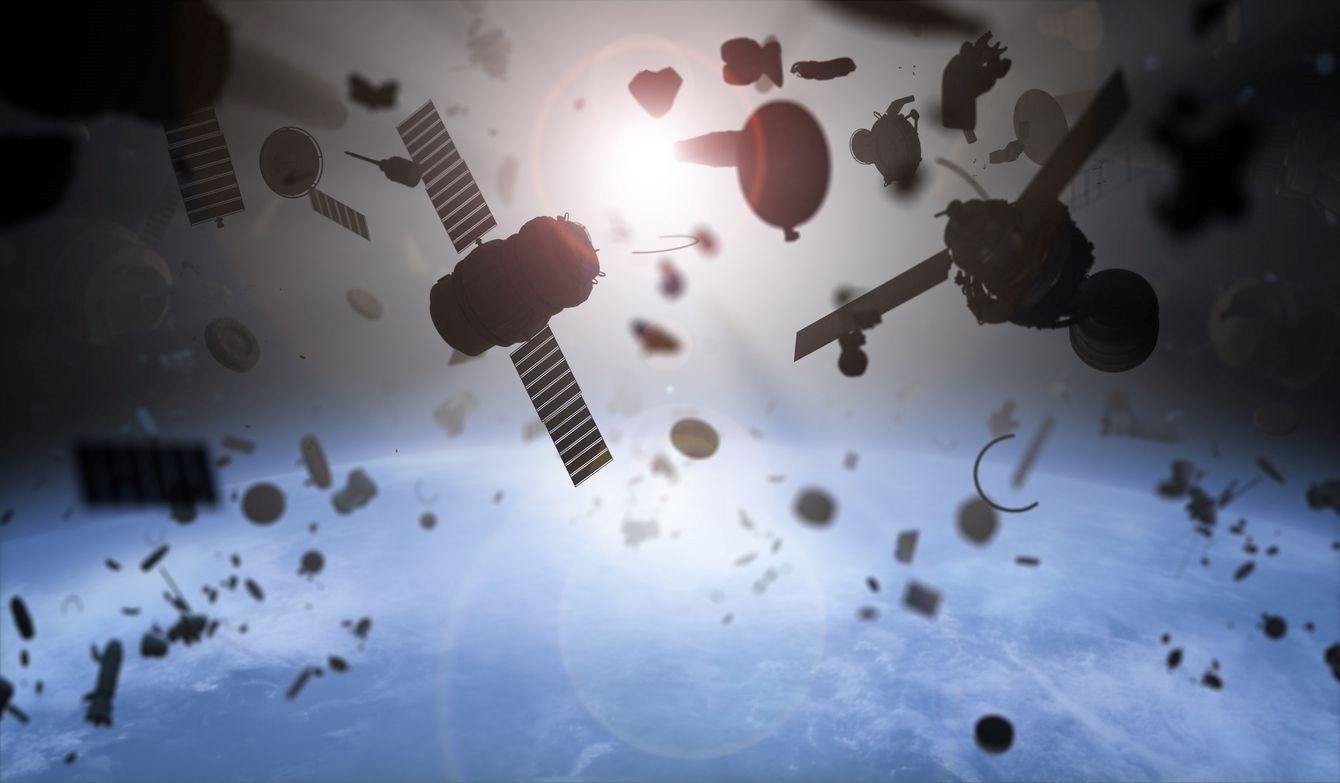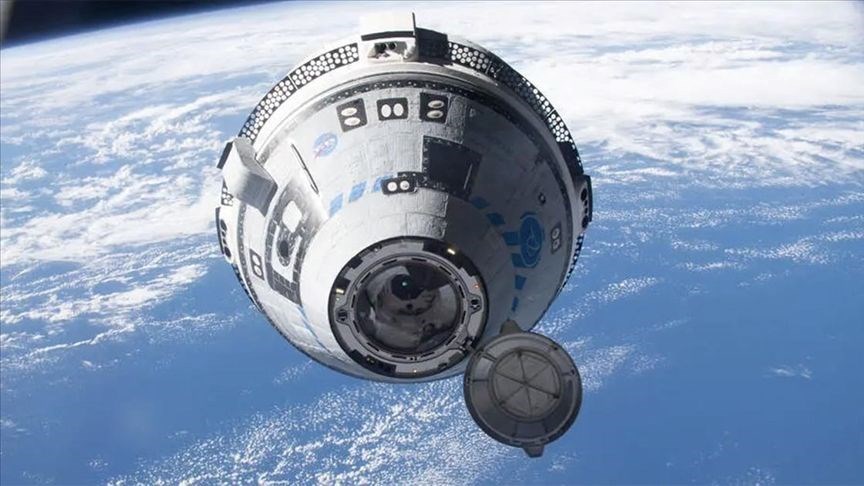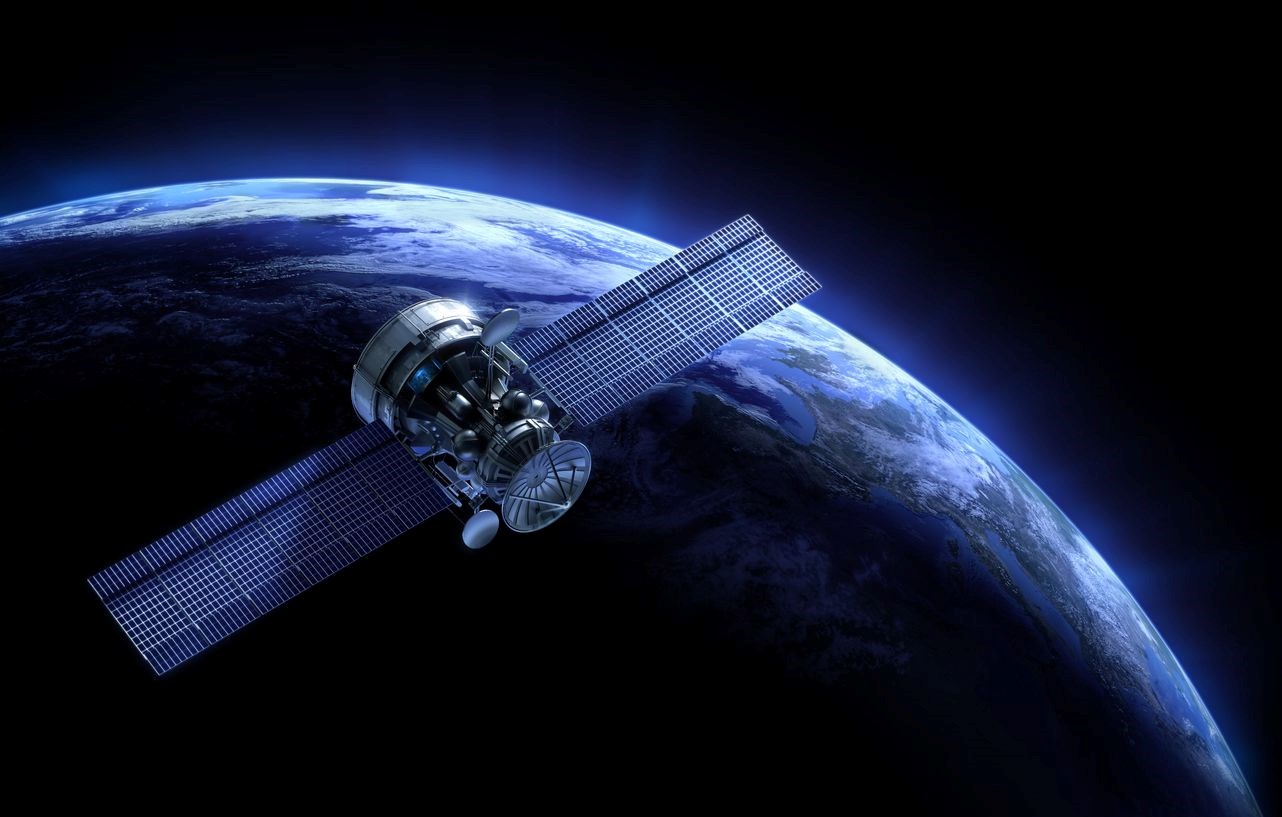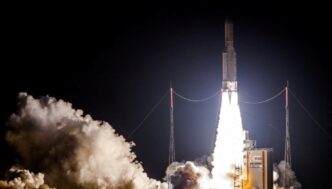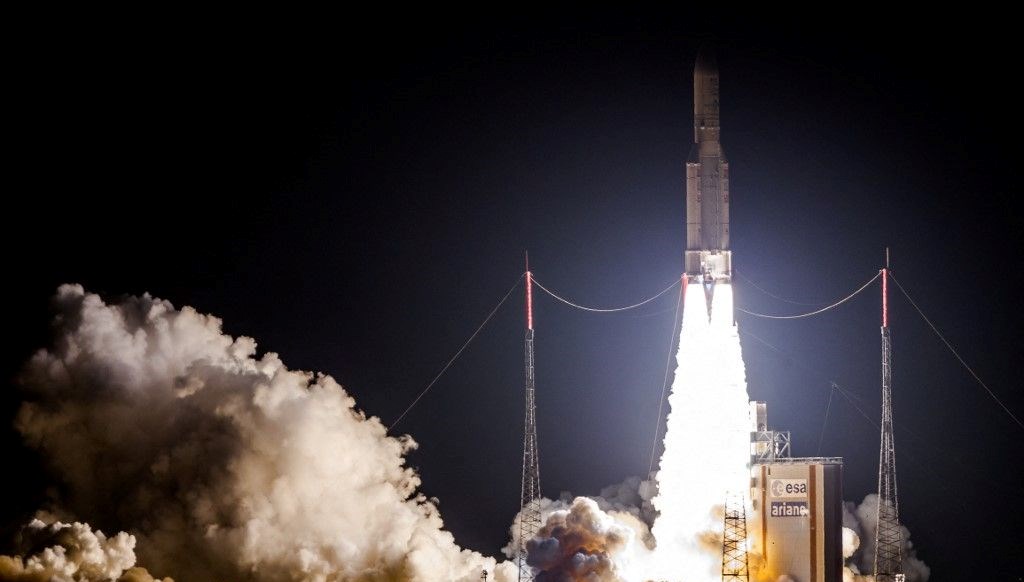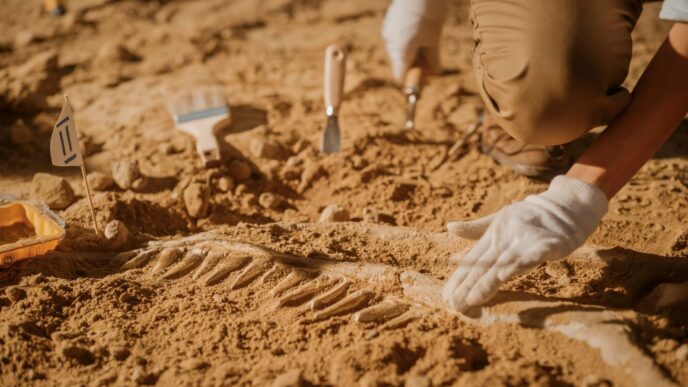The Intelsat 33e satellite of the US-based global aerospace company Boeing, which is in orbit around the Earth, mysteriously disintegrated and was added to the pile of space junk. The incident began when the satellite suddenly lost power, and the US Space Force confirmed that it broke into at least 20 pieces.

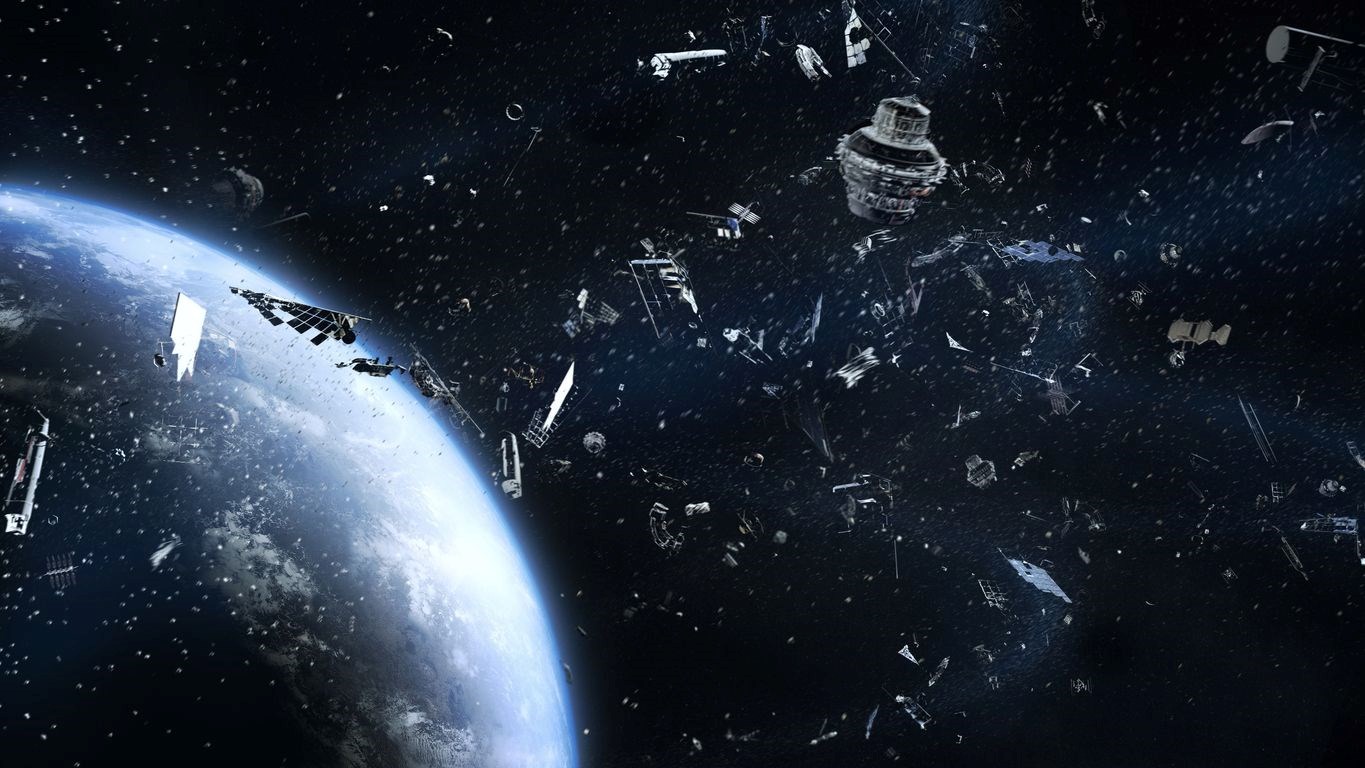

The company therefore filed an insurance claim for $78 million. However, it was reported that the satellite was not insured at the time of the disintegration. Intelsat is currently investigating the cause of the problem, but we may not know the exact cause.
